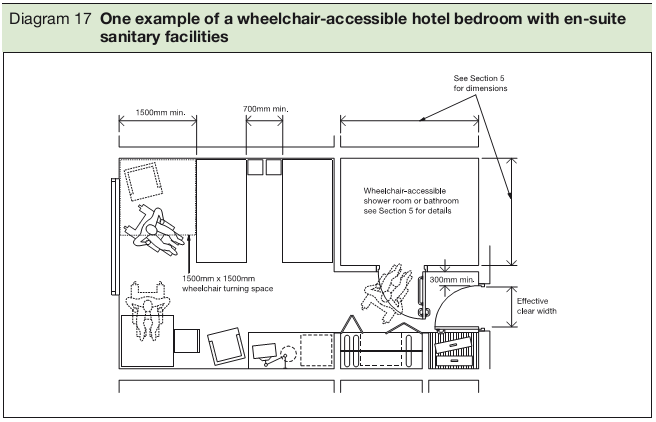
Oftentimes, glare problems can be resolved by lowering the position of lighting, offering alternative lighting resources or using reduced glare bulbs.Īnother source of problems for wheelchair users is the position of light switches. Discovering lighting glare problems can be as easy as having the person in the wheelchair taking a tour of the home and experiencing the lighting. When someone is at wheelchair height, they can struggle with glare from under-counter lighting and other recessed lighting options that may be fine for others in the household. One significant aspect in creating a wheelchair-friendly home is addressing the issue of glare. It helps to understand that household lighting is generally designed for those who have the ability to stand or walk, and that this design can cause a variety of issues for those in a wheelchair. LightingĪn often overlooked aspect in creating a wheelchair-friendly home is lighting. This barrier can be minimized through use of lever-style door handles. Some wheelchair users may find it challenging using a traditional doorknob due to hand muscle atrophy or their ability to reach.

This can be resolved by minimizing the height of thresholds or replacing them with cushioned ones that will flatten as the chair rolls over them.Ī final consideration regarding doors is the door handles themselves. They may feel the need to build momentum in getting over a threshold, creating hand injuries or damaging door frames. While pushing someone in a wheelchair over a raised threshold may take minimal effort, it can take quite an effort for the user on their own in some cases. This too will impact the final width of the passageway.Īnother aspect of doors to consider are thresholds. When considering a wider door, one will want to take into consideration if the door can swing fully open, or if it will be stopped by a wall. This may even include moving light switches, which often are placed near the original door frame. This will involve some construction as the frame will need to be widened. If the home physically allows for it, a 36" or even 42" door may be preferable. If there are sharp turns immediately prior to or after a doorway, a 32" door may not be wide enough. If the above options don't provide enough additional space, widening the doorway is the next option. In some cases, removing door trim may also improve passageway clearance. Doors may be replaced by curtains or other options for privacy.
#WHEELCHAIR ACCESSIBLE DOOR WIDTH INSTALL#
Sometimes referred to as "Z" hinges, these can be relatively easy and inexpensive to install and create just enough space to accommodate a wheelchair.

A wheelchair-friendly home will ideally have a minimum of 36" doorways throughout. Comfortable passage is typically realized at 36". This guide is designed to take a complete look at a home, interior and exterior, room by room, and area by area, to help households better understand what it takes to make a home wheelchair friendly.ĭoors can provide a variety of barriers to those in a wheelchair including the door's width, the door itself, the room it opens to, and the threshold in the doorway.ĭoorways should be at least 32" wide to accommodate passage of a wheelchair. For example, if you enjoy spending time outdoors, Hermosa Beach has a number of accessible trails that may be of interest. One might also consider the area they live in (if they are looking for a place to live). There are some simple DIY projects that can make an immediate impact and others that may involve more extensive renovations. It can involve a few rooms or the entire home.

When wheelchair use will be long-term, it may be prudent to consider permanent, physical changes in a home that can make life easier for everyone.Ĭreating a wheelchair-friendly home generally involves removing barriers and making daily necessities more accessible. Even when wheelchair use may only be for a few months, there are some steps that can be taken to make a home easier to maneuver and enjoy. Additionally, more and more households are simply planning for aging in place where inhabitants can eventually benefit from home modifications to prolong their time in their present homes. Someone may experience a fall or a household member may become disabled due to an accident, injury or illness. Creating a Wheelchair-Friendly Home: A Complete GuideĪ household can find themselves in need of a wheelchair-friendly home for a variety of reasons.


 0 kommentar(er)
0 kommentar(er)
